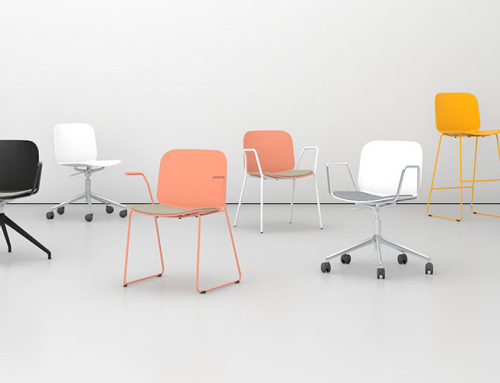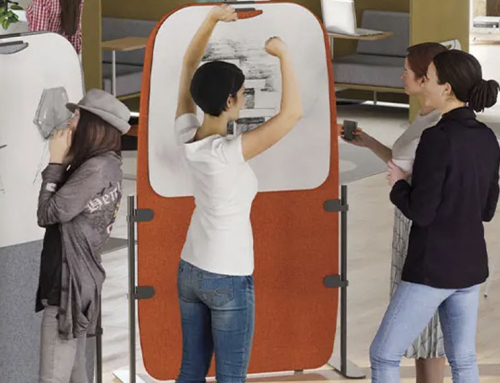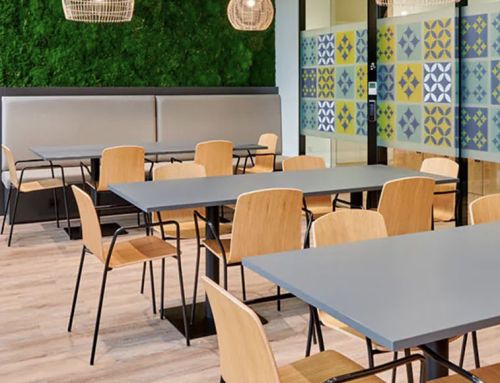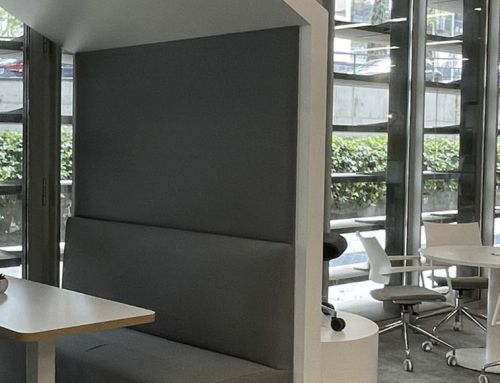Well-known trends in office design burst forth with force as a consequence of the new post-covid forms of work. Telecommuting and the new hybrid work models have had such an impact on the use and occupancy of offices that more and more companies decide to transform their work centers every day.
“The classic corporate headquarters have become obsolete, and give way to new offices designed especially for socializing and innovating,” explains Camilo Agromayor, general director of Ofita.
Collaborative spaces are undoubtedly the protagonists in the new offices, especially their more informal areas, such as cafeterias, innovation areas, wellness rooms, social clubs or soft dressing areas.
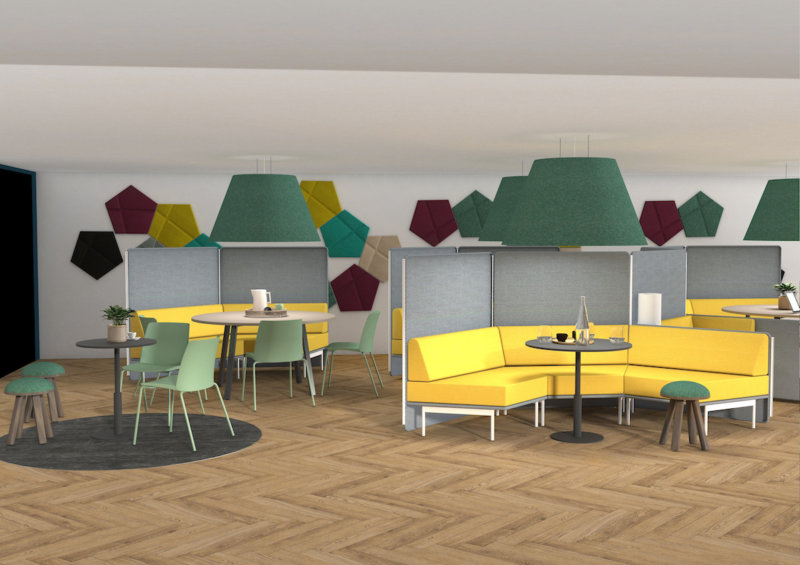
Ofita furniture.
Even before the pandemic, and according to Ofita’s study “More than one”, we spend 60% of our working day meeting or collaborating with others.
Not only is the use we make of the office new, but its design also changes, which is warmer and more welcoming every day, with many elements and finishes close to the world of the home and that of restoration, “unthinkable years ago in an office”: sofas, poufs, rugs…
4 trends in office design
There are four clear trends in new office design:
- Non-territoriality or “hot posts”, that is, the reduction of posts assigned to specific people. The design of the furniture and the choice of its materials must take this new intensive use into account.
- The absolute role of collaborative and social areas, with different types of spaces.
- The humanization of work environments: warm decoration, ergonomic furniture…
- The flexibility of the spaces and the furniture, which can vary according to their use or number of people.
These 4 trends in office design transform the very concept of workspace. “They mean that they went from a model in which each employee is assigned a fixed work space – the typical desk with the family photo and our memories –, to another in which the same workstation is used by different people at different times.”, says the director of Ofita.
A part of the savings achieved by eliminating personally assigned workstations is increasingly reinvested in an increase in leisure and disconnection areas and alternative spaces for work and communication. “For example, spaces for more informal meetings, for more spontaneous teamwork…”.
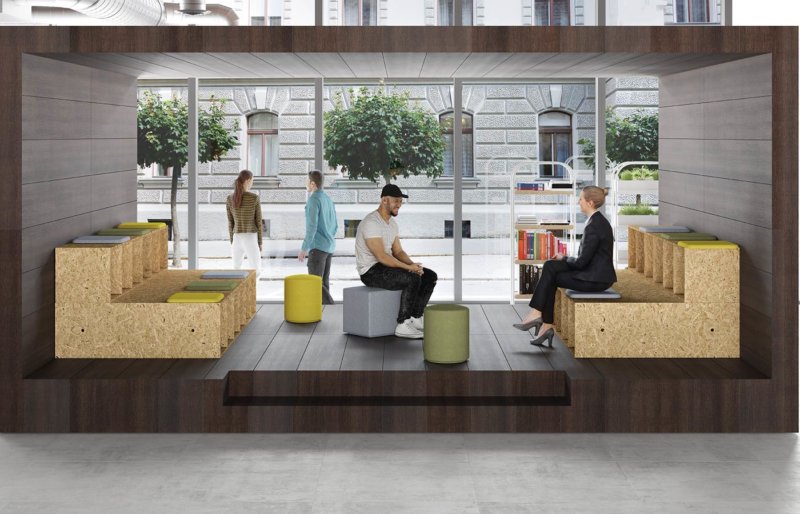
Furniture line: Forthink by Ofita.
We left behind the decoration of stalls for each person and also the concept of “one space for all”, he explains. “The key to effectiveness lies in having different spaces so that workers can choose where they want to work depending on the activity they are carrying out.”
“There are workers who spend most of their time at their job; others who go to the office frequently for specific tasks that cannot be done remotely, and when they go to it, they move through the different spaces depending on the task at hand. And then there are the digital nomads, who rarely use the office, they only go to the workplace to exchange information and attend meetings”, explains the general director of Ofita, Camilo Agromayor.
Now that employees can decide where they want to work, they demand comfortable and safe work spaces; For their part, companies seek a space to attract and retain their talent by redesigning their offices.
“Today more than ever, humanizing the workplace is unavoidable to improve employee engagement and job satisfaction.”
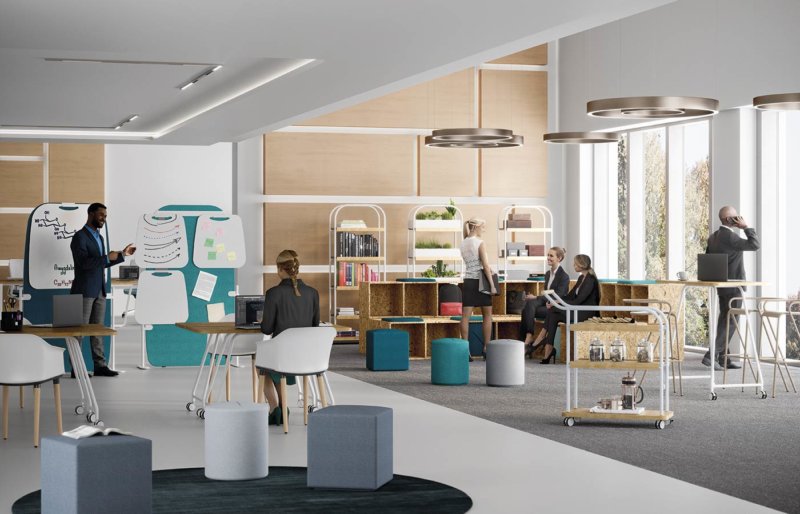
Forthink
Humanizing the office in times of Covid involves creating safe and healthy centers “it is clear”. But it also implies a change of concept; “interpret work centers and office furniture not as containers or a surface to lean on or sit on, but as facilitating tools at the service of talent. It means designing the spaces, and in our case the furniture, with people in mind”.

